By Christopher Miskimon
On October 2, 1187, the population of Jerusalem agreed to terms for the surrender of the city to Saladin and his army. Each citizen would pay a ransom in dinars or be sold into slavery. When 7,000 of the city’s people failed to produce the amount stipulated, a Christian leader named Balian offered to pay a lump sum for their freedom. Saladin, ever courteous, agreed.
Similarly, Saladin showed mercy toward various women and children of the city, even the widows of knights his army killed in earlier fighting.
Saladin could have easily been merciless in his treatment of Jerusalem’s defenders. Christian knights and leaders had visited numerous cruelties upon Muslims in the region in the preceding years. Mistreatment of civilians, executions of captured soldiers, rape, and pillage were but some of their actions. Although the Arabs were not completely innocent, Saladin generally fought with a sense of chivalry that equaled that of any Christian knight.
Still, Saladin’s mercy had limits. At the Battle of Hattin in July 1187 an entire Crusader army had been annihilated. Saladin’s strategy had been to draw the Europeans out and string their forces out as they tried to reach a source of water. A few Crusaders escaped, but the bulk of their force was surrounded and defeated, and many prisoners were taken. Among them were Guy of Lusignan, King of Jerusalem, and the knight Reynald of Chatillon. Although Guy raised no particular ire in Saladin, Reynald was a different story. He was known among the Arabs as a barbarous villain. Saladin had twice sworn to kill Reynald. In the aftermath of Hattin, Saladin fulfilled his vow. Both were brought to Saladin’s tent. The Sultan of Egypt and Syria spared Guy but raised his sword and beheaded Reynald.
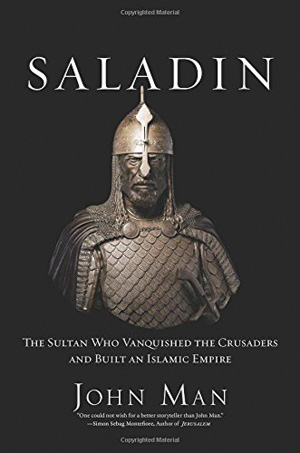 Warrior, governor, hero to the Islamic world; Saladin filled many roles during his life, consolidating the Muslim world so it could face the Crusades. He had a unique ability to unite the disparate factions in the region, who may have shared the same religion but nevertheless often fought among themselves. The life of this singular man is told in this new biography, Saladin: The Sultan Who Vanquished the Crusaders and Built an Islamic Empire (John Man, Da Capo Press, Boston MA, 2016, 320 pp., maps, illustrations, notes, bibliography, index, $34.99, hardcover).
Warrior, governor, hero to the Islamic world; Saladin filled many roles during his life, consolidating the Muslim world so it could face the Crusades. He had a unique ability to unite the disparate factions in the region, who may have shared the same religion but nevertheless often fought among themselves. The life of this singular man is told in this new biography, Saladin: The Sultan Who Vanquished the Crusaders and Built an Islamic Empire (John Man, Da Capo Press, Boston MA, 2016, 320 pp., maps, illustrations, notes, bibliography, index, $34.99, hardcover).
As a young man Saladin had extensive real-world training for his future work. He was born in Tikrit in modern-day Iraq. His father was governor of the city after inheriting the position from his own father. His family moved to Damascus when he was a teenager. In 1164, he accompanied his uncle, General Asad al-Din Shirkuh, to Egypt, where he gained valuable military experience and was eventually appointed vizier in 1169. Over the next five years he took control of Egypt and later Syria, thus fulfilling his desire to unite the Muslim world against the Frankish rulers of the Crusader States. At that point, he directed his resources against the Franks, defeating them at Hattin and continuing the fight against them throughout the Third Crusade.
Today Saladin is known across the Middle East as one of Islam’s greatest heroes. Statues abound, movies have been made about him, and currency bears his image. Arabs and Kurds argue over his ethnicity, each claiming him. Even in the West he is acknowledged for his courtesy and mercy. Many scholars point to him as morally superior to the Crusaders, who tended toward ill treatment of their enemies and a willingness to commit barbaric acts in the furtherance of Christianity. Certainly his chivalric behavior made him stand out among his contemporaries.
Although many in the West know Saladin’s name, few have more than a cursory knowledge of his life and his chief accomplishments. This new work gives an interesting account of Saladin’s life in detail sufficient to give the reader a sense of the man without bogging the narrative down with too much information. The author is a noted travel writer as well as a historian and his knowledge of place works well into the story he tells. The author relates historic occurrences to modern locations. He also includes small but fascinating details during the course of his narrative. The effects of the Crusades and Saladin’s successful struggles against them echo through time to the present, giving this work relevance and scope.
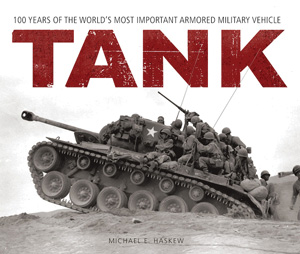 Tank: 100 Years of the World’s Most Important Armored Military Vehicle (Michael E. Haskew, Zenith Press, Minneapolis MN, 2015, 239pp, photographs, index, $40.00, hardcover)
Tank: 100 Years of the World’s Most Important Armored Military Vehicle (Michael E. Haskew, Zenith Press, Minneapolis MN, 2015, 239pp, photographs, index, $40.00, hardcover)
The tank was one of the most groundbreaking weapons of the 20th century and is still with us today. Tanks are a vital symbol of military strength; one sign of a nation’s status as a major power is whether it has the ability to produce its own armored vehicles. They had an unsteady beginning as a breakthrough weapon designed to end the deadlock of the trenches in World War I. Despite their shortcomings, which were due to the newness of the technology, they proved to be a tough replacement for the horse cavalry, which was woefully vulnerable in an era of machine guns and artillery.
As time went on the tank evolved into the brute-force weapon system it is today. It began as a slow, ponderous infantry-support vehicle, but men of vision helped it become an arm of decision, able to punch through enemy lines and pour into their rear areas, sowing chaos, and defeat. As technology improved, the tank became faster and better armed. Armor protection grew as well, making it progressively harder for infantry to counter them with hand-held weaponry. Modern tanks are careful blends of firepower, mobility, and protection. Their place as the most fearsome vehicles on the battlefield is assured for decades to come.
This newly updated edition offers a thorough look at the tank and its history, including development, technical detail, and battlefield performance throughout the wars of the 20th and early 21st centuries. The author supplies excellent detail on the major tank battles of the two world wars and subsequent conflicts. Numerous photos help illustrate key points in the text.
 Shooting Up: A Short History of Drugs and War (Lukasz Kamienski, Oxford University Press, Oxford, UK, 2016, 408 pp., notes, bibliography, index, $29.95, hardcover)
Shooting Up: A Short History of Drugs and War (Lukasz Kamienski, Oxford University Press, Oxford, UK, 2016, 408 pp., notes, bibliography, index, $29.95, hardcover)
In November 1943 Gerd Schmuckle was fighting with the 7th Panzer Division near Zhytomyr in the Ukraine. The attack was over for the moment and it was time to rest, but sleep eluded the young German. He had taken too much Pervitin. The drug, a form of methamphetamine, made him feel confident, oblivious to danger. He and his fellow soldiers were dependent on it. The Nazi war machine ran on Pervitin and similar drugs, in line with their belief in power, endurance, and superiority. Indeed, part of the myth of German military ability was actually pharmaceutical in nature.
Although often unmentioned outside of anecdotal evidence, drugs have played a large role in the conduct of warfare since antiquity. Warriors of the ancient world routinely used opium and hashish. In today’s world, for example, Somali soldiers use the stimulant khat. Drugs have been used by soldiers throughout military history to increase aggression and inspire fearlessness. In recent times, drugs such as the painkiller morphine result in addiction that has a lasting effect on soldiers and society.
The author provides a detailed general overview of drug use in combat throughout the ages. Stories of military drug use are common, but this new work gives the reader a well-organized, closely documented history replete with examples. The book also gives the background information on how governments encourage drug use and at times even issue intoxicants to enable their troops fight with greater intensity. A final section discusses the future of drug use within today’s modern armies.
A Confederate Biography: The Cruise of the CSS Shenandoah (Dwight S. Hughes, Naval Institute Press, Annapolis MD, 2016, 272 pp., maps, illustrations, notes, bibliography, index, $41.95, hardcover)
The Confederate Navy was limited in what it could accomplish against the larger Union fleet, but one area in which it stood out was commerce raiding. Fast-sailing warships could be fitted for this duty and sent out to wreak havoc on Yankee trade. One such ship was the CSS Shenandoah. It is not the most famous of the Confederate raiders, but the ship’s voyage was as unique and daring as those of any of the more famous vessels. The ship’s journey spanned the globe, sailing through the South Atlantic Ocean, around Africa, through the Indian Ocean, and on to Australia. After a stopover in Melbourne, the Shenandoah sailed through the Northern Pacific Ocean, wreaking havoc among American whalers in the area. Unfortunately, the crew of the ship did so even after the war ended. Indeed, the crew did not learn of the conflict’s cessation until August 1865.
The author blends a number of personal accounts of the Shenandoah’s voyage to produce a great read. Much of the work’s material is drawn from the experiences of the crew, making it read at times like a journal. The book includes detailed drawings and illustrations of the ship.
Imperial Roman Warships 27 bc-193 ad (Raffaele D’Amato, Osprey Publishing, Oxford, UK, 2016, 48 pp., illustrations, bibliography, index, $17.95, softcover)
Rome is famous for its legions, but its navy played an equally important role in securing the empire. The Roman Republic had used large galleys to defeat Carthage, but these were no longer as useful in the imperial period. Rome had to secure the Mediterranean Sea so it could reap the benefits of trade from the three continents that bordered it. To do so it used smaller, faster ships. These ships were equally useful along the coast of Gaul and on the rivers of the European interior to help patrol Rome’s border areas.
Part of Osprey’s popular New Vanguard Series, this book gives the reader a general understanding of the Roman Navy, its tactics, and organization. It is well illustrated with original art and period illustrations. The author draws from both academic and ancient sources, providing an easy to read, detailed study of the Roman Empire’s naval power.
Hodges’ Scout: A Lost Patrol of the French and Indian War (Len Travers, Johns Hopkins University Press, Baltimore, MD, 2016, 320 pp., maps, illustrations, notes, bibliography, index, $29.95, hardcover)
In autumn 1756, a band of 50 American soldiers marched into the New York wilderness on a reconnaissance patrol, seeking sign of their French enemies. What they found was a deadly ambush by a combined group of French troops and their Native American allies. Most of the group was lost, with a mere handful escaping the trap to return home. Years later, as the war drew to a close, another group of survivors came out of the forests, relating a grim tale of capture and abuse at French and native hands.
Few such personal stories of the French and Indian War are known today. This volume widens that knowledge with a gripping story of a small unit and its harrowing experience. The author uses period correspondence, records buried in archives, and surviving official reports to bring the story of the patrol to vivid life. He also rounds out the book with information on the daily lives and trials of the soldiers, providing a close look at life during this turbulent period in North American history.
European Armies of the French Revolution 1789-1802 (Edited by Frederick C. Schnied, University of Oklahoma Press, Norman, 2016, 280 pp., notes, index, $34.95, hardcover)
The French Revolution took the continent of Europe into a swirling, chaotic time of warfare, where old ideas were being struck down while long-standing dynasties sought to preserve the status quo. Republican France proved an upstart to both military and social order. This book looks at the major armies on the Continent, including France, Great Britain, Prussia, Austria, Russia, Spain, the Ottoman Empire, Italian states, and German principalities. Each is analyzed by an expert on the period, paying close attention to their organization, training, composition, tactics, strategies, and battlefield practices.
The result is a book which delivers expert assessments of all the major players during the Revolutionary Period. The way in which these armies were raised, led, and fought each other had great influence on the wars that immediately followed it. Their success or failure similarly affected Europe’s development for decades to follow. This work fills a gap in the study of the era, taking a critical look at the military organizations of a critical period in world history and does so in a clear and concise way.
Gallipoli: The Dardanelles Disaster in Soldiers’ Words and Photographs (Richard Van Emden and Stephen Chambers, Bloomsbury Press, 2015, 352 pp., maps, photographs, bibliography, index, $40.00, hardcover)
The campaign at Gallipoli in 1915-1916 was a failure, with a litany of mistakes, missteps, and miscalculations leading to disaster. A force of Commonwealth troops landed on this Turkish peninsula, hoping to achieve a masterstroke and knock Turkey out of the war. The attempt failed, leading to wasteful, difficult fighting, and pointless loss of life. British, French, and Indian soldiers all served and died there, but the battle has come to be seen as the ordeal of the Australia-New Zealand Army Corps troops. Today the battle is commemorated in Australia as an example of the nation’s sacrifice in World War I.
The authors are leading experts on the Great War and Gallipoli. Their extensive knowledge and research show well in this new book. They meld official reports, interviews with veterans, and their own expert analysis to tell the story of the campaign. Importantly, the work includes both sides of the story, integrating accounts from Turkish participants and sources, too. The book includes more than 130 photographs taken by the troops themselves during their time there. The result is a thorough account of a battle that has become synonymous with tragedy.
Wellington’s Hidden Heroes: The Dutch and Belgians at Waterloo (Veronica Baker-Smith, Casemate Publishers, Havertown, PA, 2015, 208 pp., illustrations, notes, bibliography, index, $32.95, hardcover)
Waterloo is widely seen as a victory for Great Britain over France, and without doubt English courage abounded on that harrowing day. Proper credit is also due to the Dutch and Belgian troops who made up a full third of the Allied army at the battle. These troops are often given only passing mention at best, described as second-rate soldiers who contributed little if anything to the outcome; however, they are increasingly receiving the acknowledgement they more properly deserve, as argued in this new book.
The author maintains that these troops, commanded by the Prince of Orange, averted disaster for the Allied army at Quatre Bras and at Waterloo, thus allowing the British time to recover from setbacks. The author combines extensive research from the Dutch archives with a clear writing style to make this work a fascinating read.
The Struggle for Sea Power: A Naval History of the American Revolution (Sam Willis, W. W. Norton and Company, New York, 2015, 572 pp., maps, illustrations, notes, bibliography, index, $35.00, hardcover)
The naval side of the American Revolution is often overlooked as a sideshow to the fighting on land. While many accounts of the naval battles exist, they are mostly seen as secondary to the action, since Great Britain controlled the seas for much of the conflict. However, the fighting at sea related to the conflict spanned the globe; almost two dozen navies took part, considering that beyond the fledgling U.S. Navy, each of the 13 colonies had its own sea arm in the fight.
This book looks at the American Revolution as part of a world war that pitted vast fleets against each other on the high seas, privateers seizing merchantmen, and small craft fighting on mighty rivers. It weaves together accounts of campaigns which spanned the globe and relates them to each other in ways which are as surprising as they are enlightening. The result is a fresh look at the conflict.
Short Bursts
The New Army in Training (Rudyard Kipling, Uniform Press, 2015, $13.95, hardcover) This is a reprint of a 1915 booklet Kipling wrote informing about the training of the volunteers for World War I. The six chapters cover 26 separate topics.
“My Greatest Quarrel with Fortune”: Major General Lew Wallace in the West, 1861-62 (Charles G. Beemer, Kent State University Press, 2015, $39.95, hardcover) The book offers a close look at Wallace, the scapegoat of the Battle of Shiloh. The book asserts that there was more to his story than what occurred that fateful day.
Lusitania: An Epic Tragedy (Diana Preston, Bloomsbury Press, 2015, $20.00, softcover) The work recounts the tragic loss of the passenger liner in May 1915. The incident pushed the United States down the path to war.
Secret Science: A Century of Poison Warfare and Human Experiments (Ulf Schmidt, Oxford University Press, 2015, $39.95, hardcover) The work documents chemical and biological warfare experiments conducted by the Allied powers from World War I through the Cold War. It includes experiments done on unwitting soldiers.
Rescue Pilot: Cheating the Sea (Jerry Grayson, AFC, Bloomsbury Press, 2015, $28.00, hardcover) This is the autobiography of a decorated helicopter pilot, who began his flying career at 17. He performed numerous rescue missions while in the Royal Navy.
In Flanders Fields: 100 Years (Edited by Amanda Betts, Alfred A. Knopf Publishers, 2015, $35.00, hardcover) This book pays homage to the famous poem of World War I. It contains the perspectives of numerous writers on the poem’s meaning.
Agincourt: The Fight for France (Ranulph Fiennes, Pegasus Books, 2015, $26.95, hardcover) The author had four ancestors who fought for England in this famed battle. He also had four relatives who fought for France. He draws on their experiences to retell the battle.
The Other Space Race: Eisenhower and the Quest for Aerospace Security (Nicholas Michael Sambaluk, Naval Institute Press, $44.95, hardcover) U.S. President Dwight D. Eisenhower wanted an unarmed reconnaissance satellite program. The Air Force wanted armed craft for eventual combat in space. This book covers the pursuit of those policies.
US Marine versus NVA Soldier: Vietnam 1967-68 (David R. Higgins, Osprey Publishing, 2015, $18.95, softcover) This work compares the strengths and weaknesses of the combatants. It compares tactics, training, and capabilities.
Churchill, the Life: An Authorized Pictorial Biography (Max Arthur, Firefly Press, 2015, $35.00, hardcover) The life of the famous British statesman is portrayed in images. The author divides his life into distinct periods.
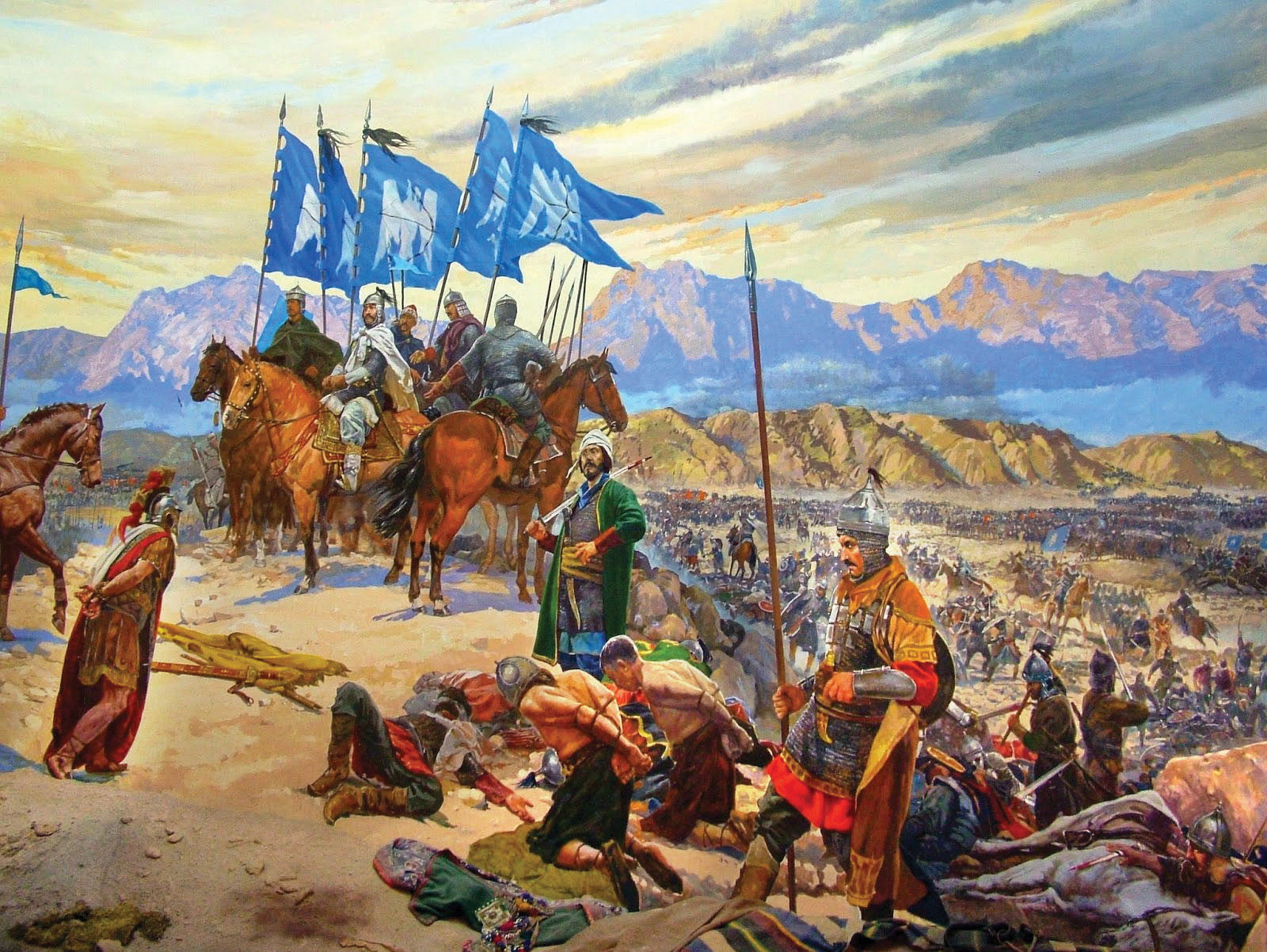

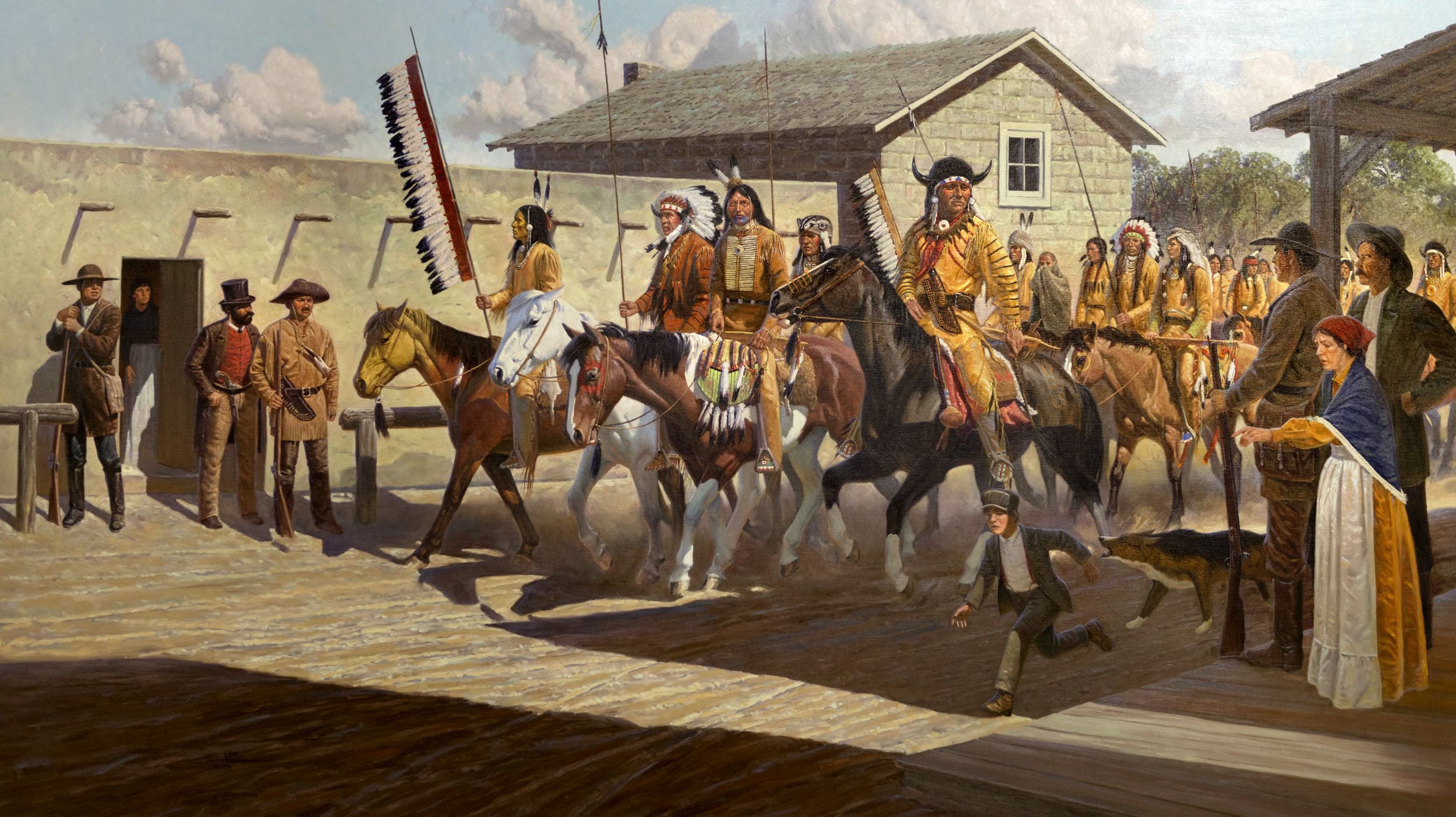
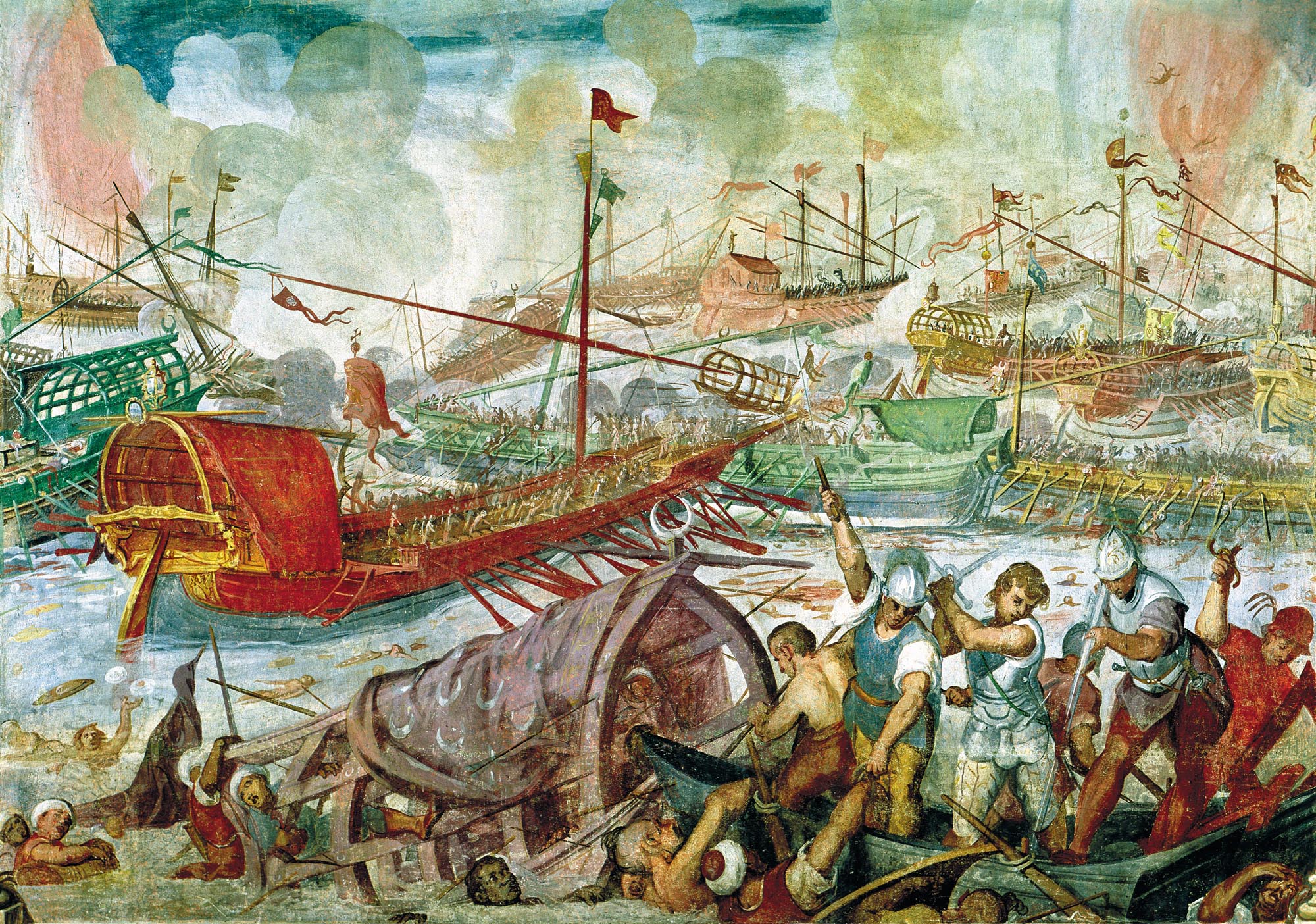
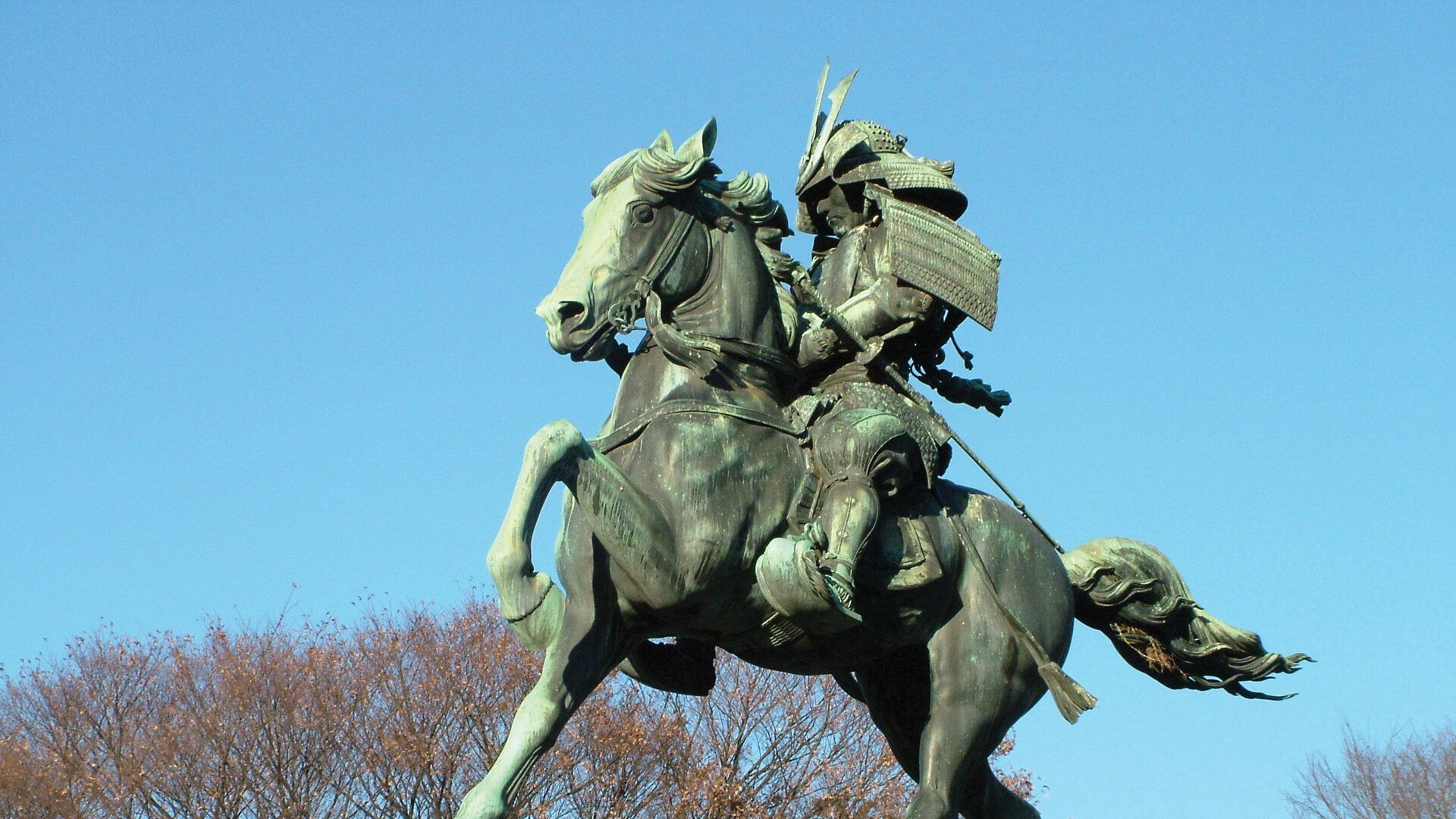
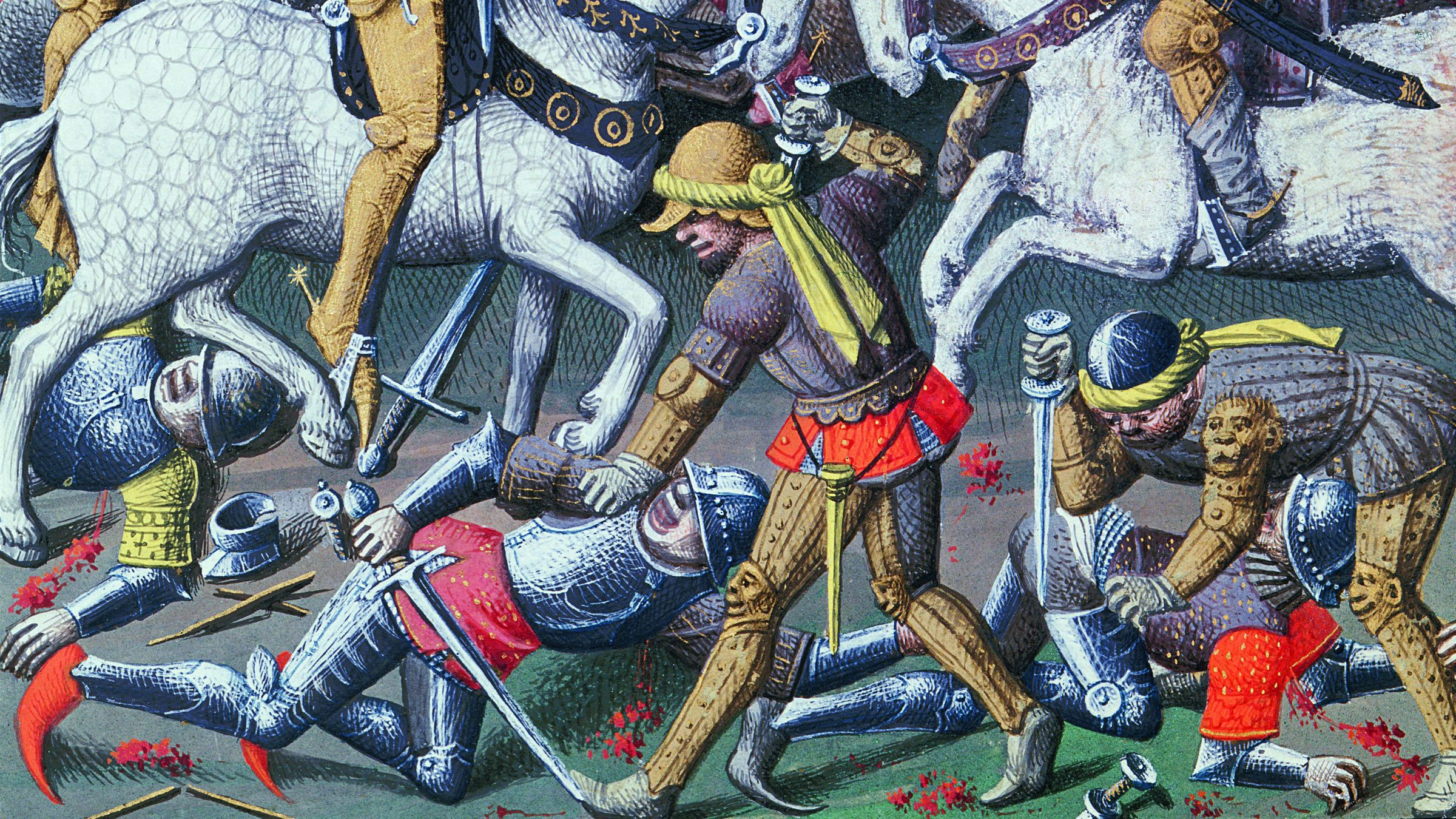
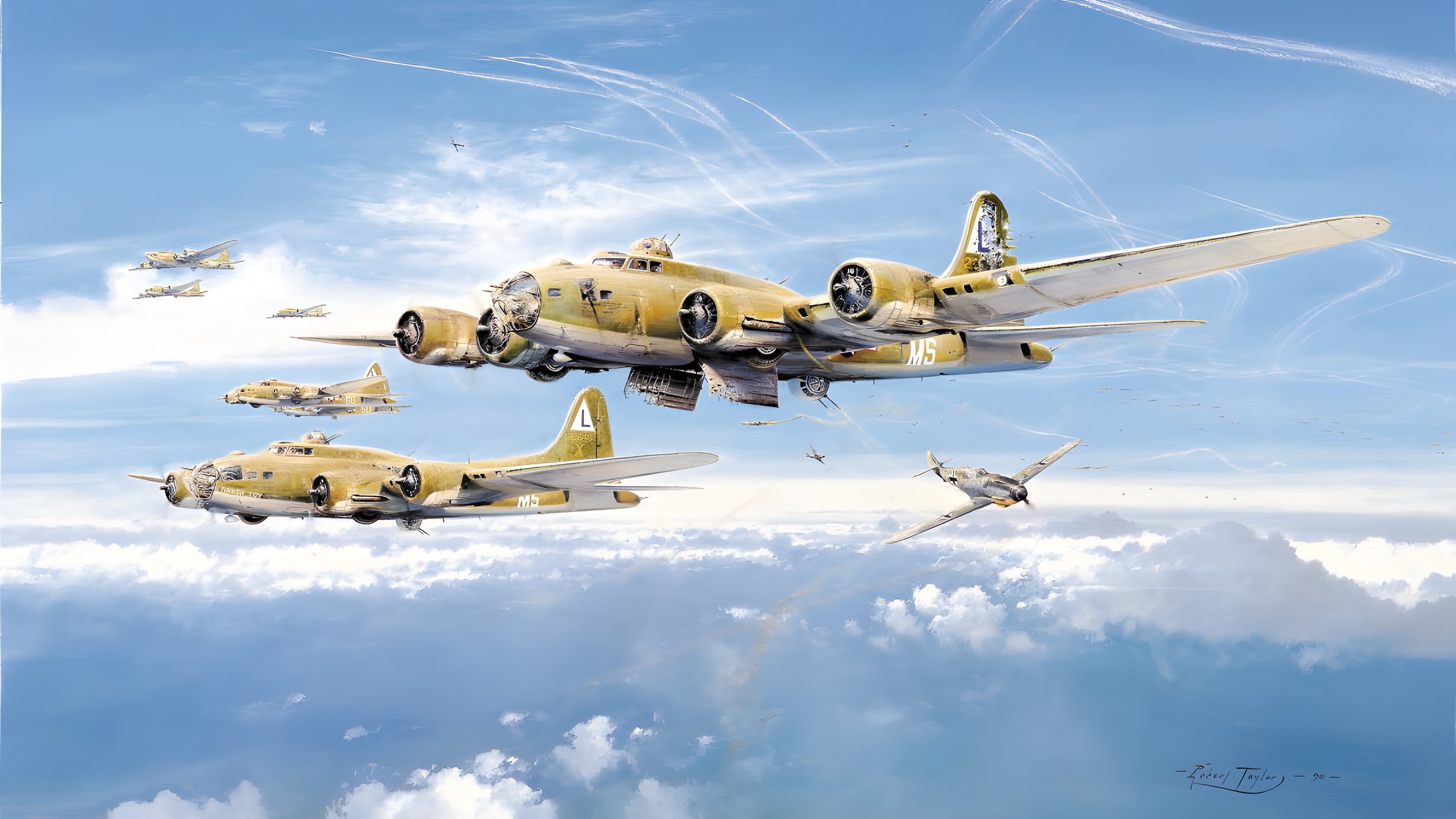
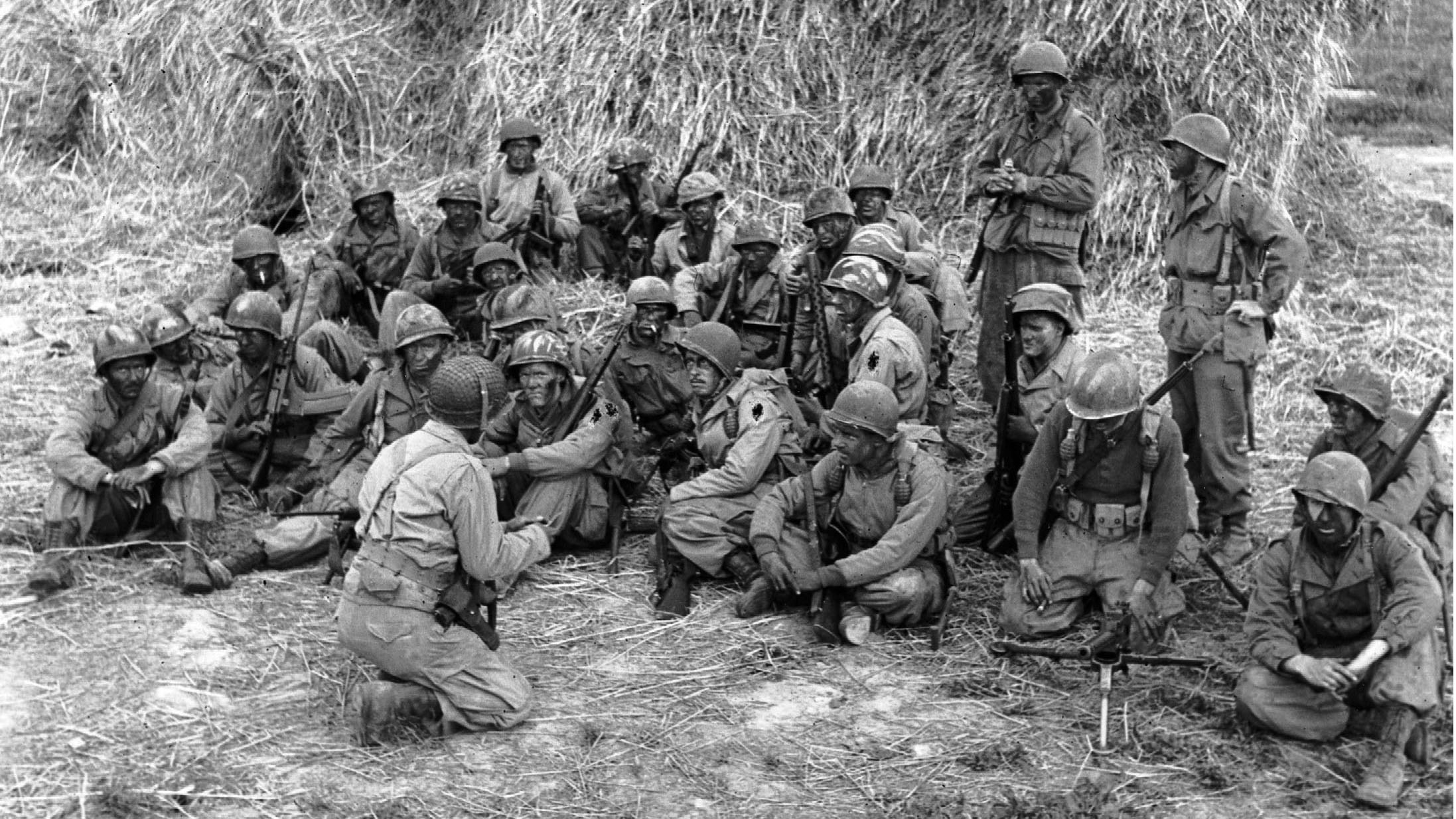
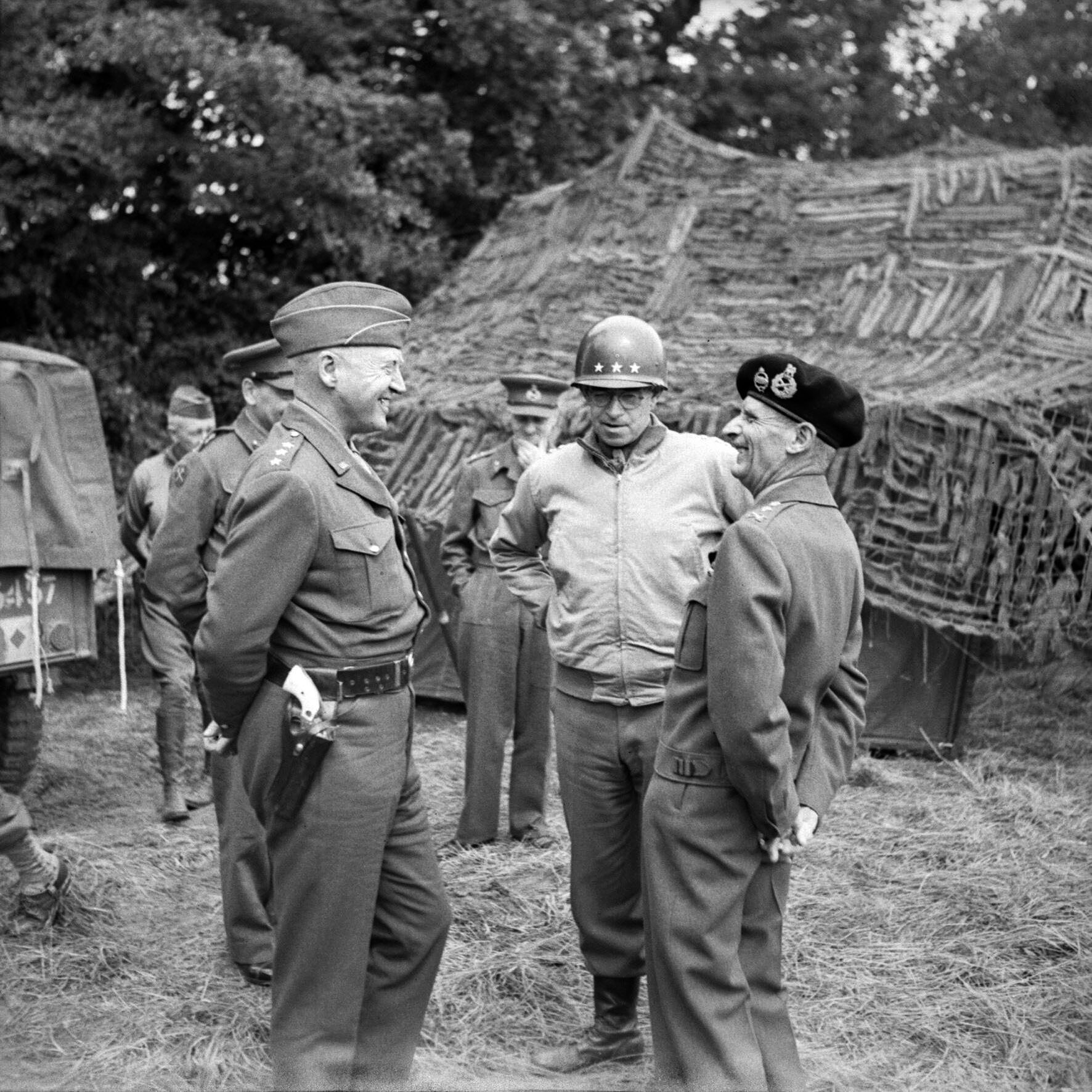
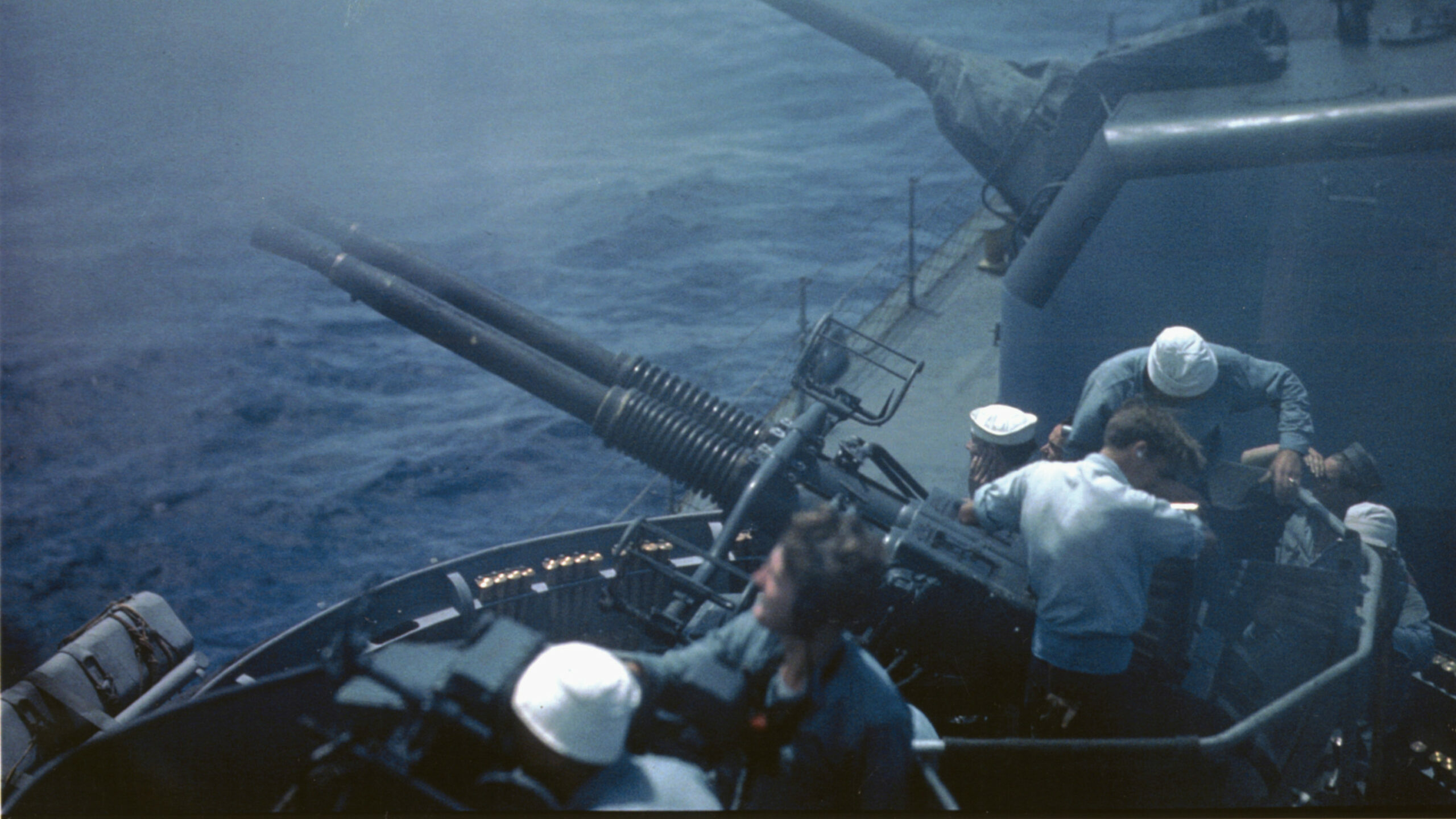
Join The Conversation
Comments